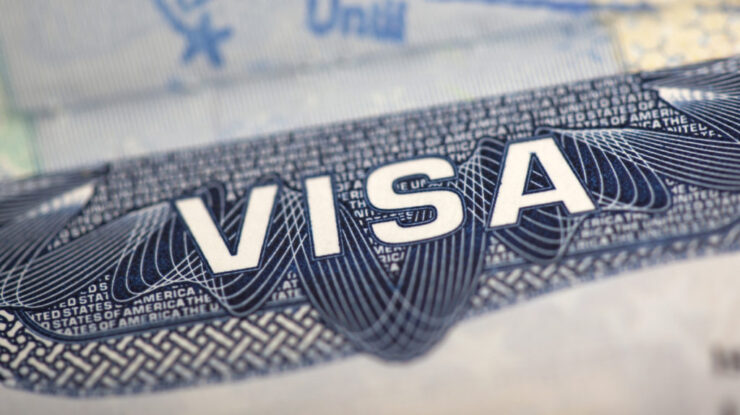The need to travel through the countries of the European Union and cross the particularly demanding border area occasionally arises for many people from third countries that are not part of the agreement. It can be a trivial reason to cross the border to get to a destination (transit). Alternatively, it can be significant causes such as study, work, visit of relatives, marriage, treatment in a clinic, or travel. You may need to take care of an elderly or sick relative, travel to negotiations, etc. In this case, you cannot do without a short-term admission to the Schengen area.
So, what types of permits are available? What period are they issued? How long can a resident spend in the territory, and what countries can he move to? How to maintain a positive visa history and correctly decipher the stamp designations? We have consulted with an expert and provided detailed answers to these questions.
Contents
What is a Schengen Visa?

The travel document, i.e., the sticker in your passport, is issued only by the state’s consulate, which has concluded the Schengen Agreement. Therefore, if you plan to enter one of the 27 states, you must request in advance. The document will allow you to stay in Liechtenstein, Slovenia, France, and other parties of the agreement. However, there are different types of schengen visa.
Who Needs a Schengen Visa?
Schengen visa is given to foreigners who plan to cross the areas with border control (for one or more entries) for up to three months. This time is calculated from the date of the first entry, not from the validity period indicated on the sticker.
Schengen Visa Types
The pass to the states in this area looks like a symbol sticker in your document. Examine it carefully. It tells you how many times you may enter and leave the area. It may be marked “single entry,” “double entry,” or “multiple entry. Such a designation implies the number of entries into the territory to be considered, not the republics you can visit. These symbols should not be confused!
There are three other different variations of the Luxembourg pass:
- working;
- business;
- educational.
The consulate may specify different periods of validity of these categories.
Uniform Schengen Visa (USV)
The main purpose of this permit is the short stay of a foreigner in the Luxembourg zone. The term is the same. The number of countries is not limited. Only if it is an LTV, you are only allowed to visit the state, which issued the permit.
Limited Territorial Validity Visa (LTV)

Usually there is a need to get only in emergencies, and allows you to stay only in one country of the agreement. It is also forbidden to move to another area in transit.
National Visa
The national europe visa, marked with the symbol “D”, entitles you to enter and stay continuously for several consecutive trips lasting more than 3 months. The period of validity of a national visa may not exceed 1 year.
Schengen Visa Requirements
In addition to submitting a passport and filling out the form, the authorities check the person’s financial stability at the moment, that is, the ability to pay for their existence. Issuance of admission to the states of the Luxembourg agreement is a paid service, you have to pay 80 euros. Free of charge can be issued only if the reason for going to Denmark, Iceland or other priority country for you is stated. For example, you have to take care of a sick relative on a regular basis and have already applied for this pass several times, or you are a student and regularly have to attend sessions and pass exams.
Basic Requirements
You must be a citizen of a non-European country. The reason for the trip, as well as the period, must be justified. The basic conditions for obtaining this permit are that you must prove your financial ability to pay for your accommodation and care and then travel back.
Supporting Documents

In addition to basic personal documents, you may be required to disclose the reasons for your trip, and thus provide documentation. For example, an invitation to work or a certificate that you have entered the university, and so on. Furthermore, the authorities must make sure that you will leave the borders in the specified term, for this purpose provide reasons, such as a return ticket or ownership in your home country.
How to Apply
As Schengen’s visa expert Polly Johnson (My Schengen Company) points out, you should follow a few simple steps to get the stamp safely:
- determine what kind of visa is needed to cross the borders of the territorial union;
- find a free time and make an appointment at the embassy;
- collect the necessary papers;
- interview and pay for the service;
- wait for the approval of the application.
In today’s world, it is possible to apply online, as well as to hold an appointment without visiting an embassy office.
Conclusion
Modern getting a eu visa follows a simplified system; it is even possible to do it online. If you apply immediately for a long-term trip, this is actually impossible. Only with a good visa history, you can make a request to stay there for up to 5 years. However, to do this you have to prove that you have shown good character and have correctly identified your sticker in the passport.
